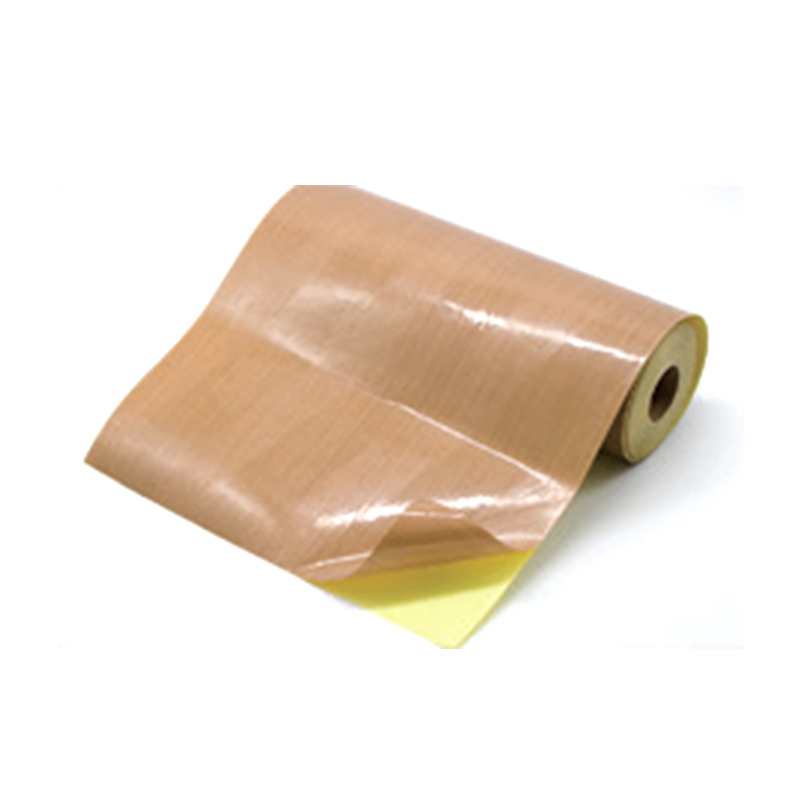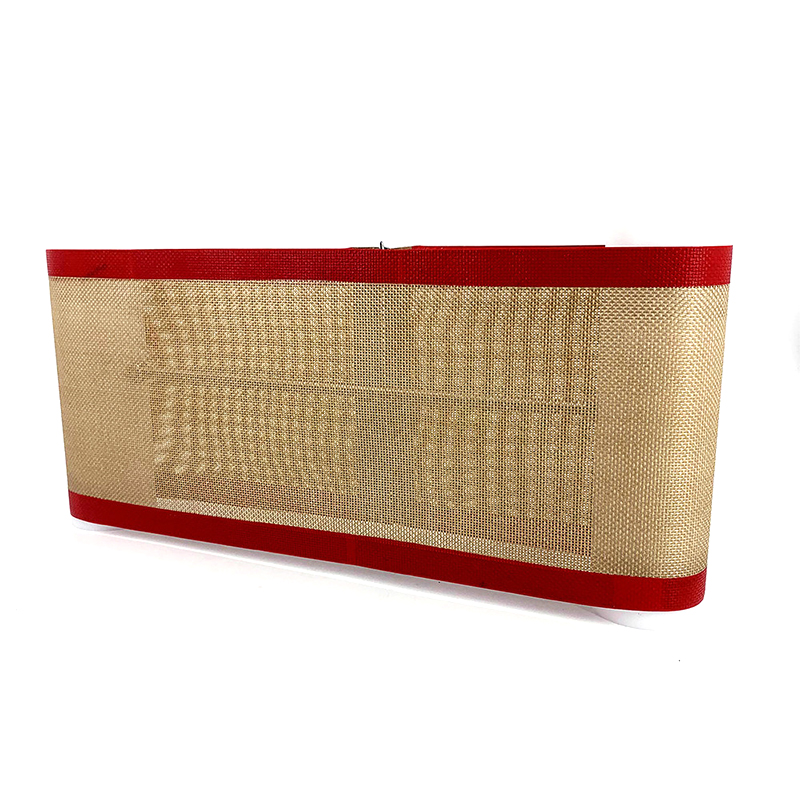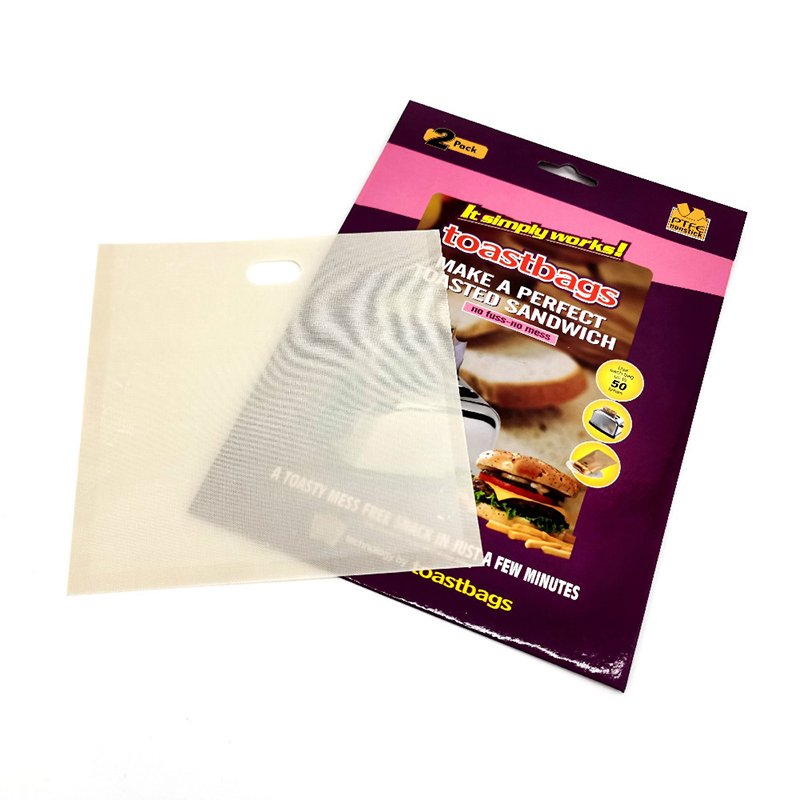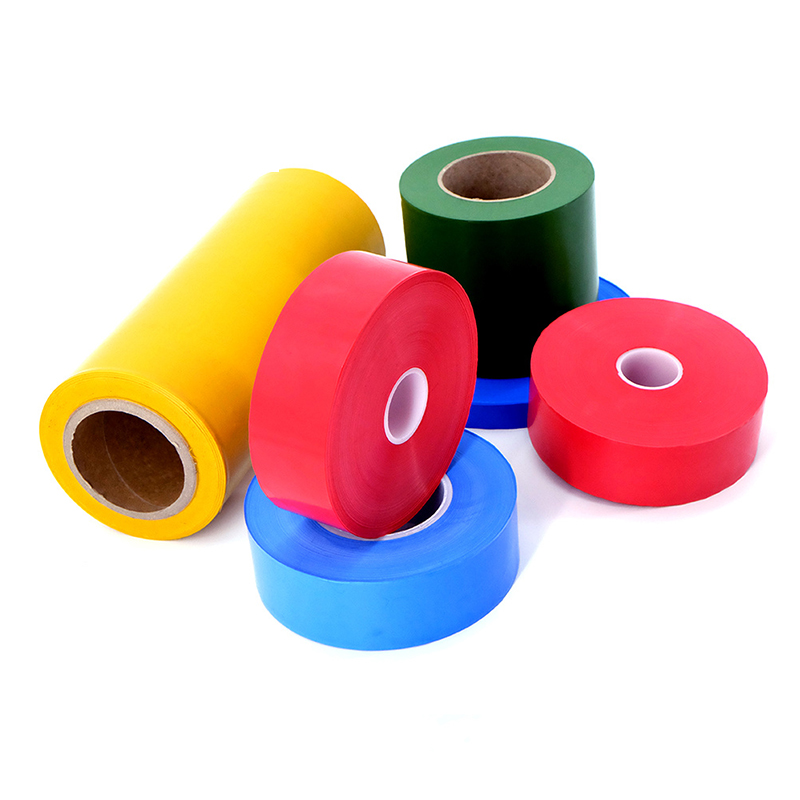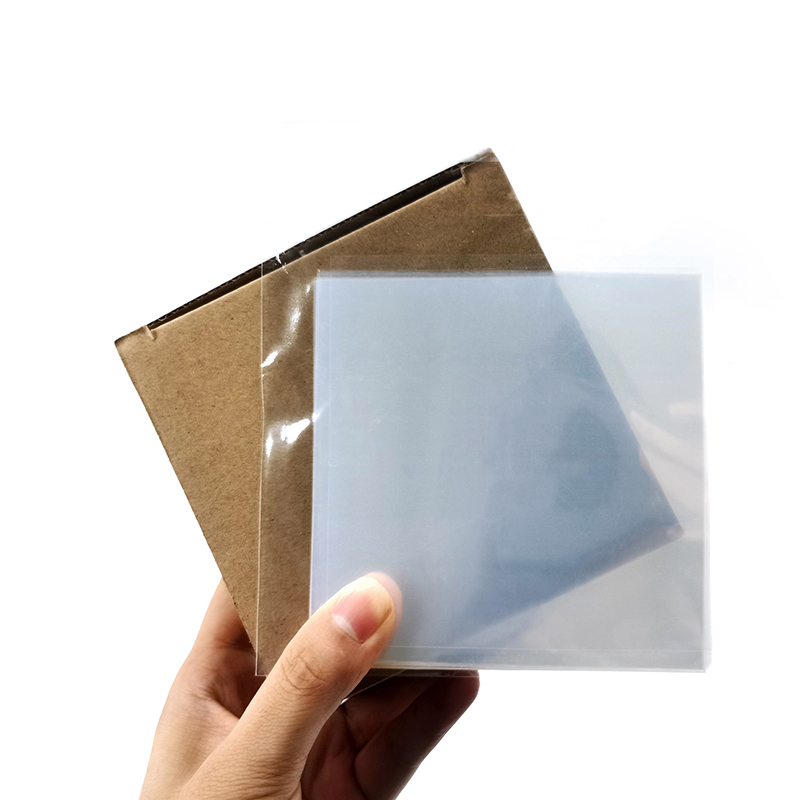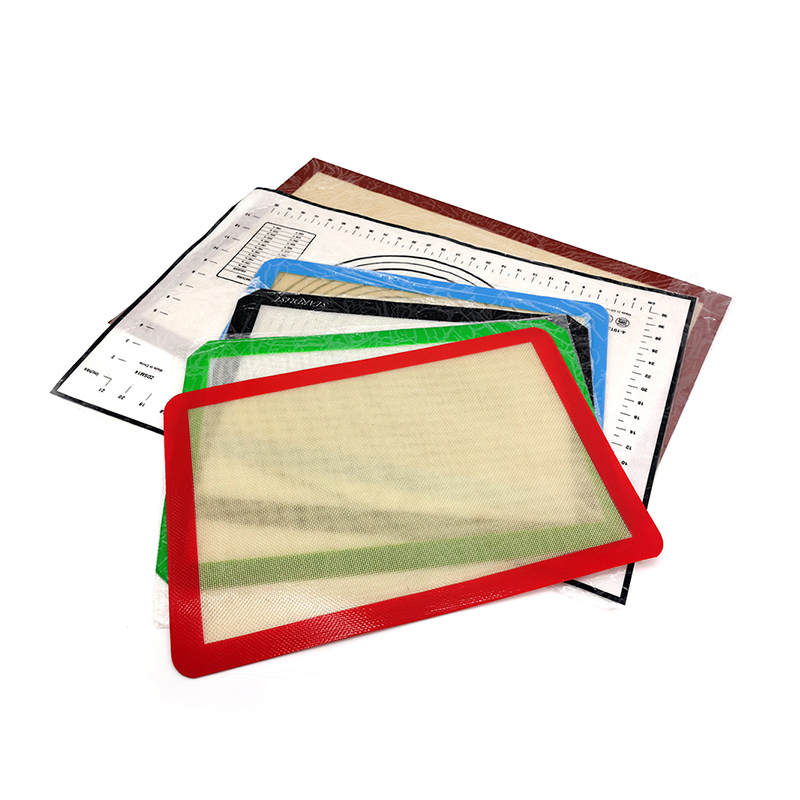From Messy Pans to Perfect Pastries: How Silicone Baking Mats Change the Game
Beyond Grease and Parchment: Unveiling the Silicone Baking Mat Revolution
The world of baking is one of precision, passion, and, often, frustration. For generations, bakers have wrestled with the twin demons of messy cleanup and inconsistent results. Greasing and flouring pans is a tedious, imperfect art, often leading to torn cakes and stubborn residue. Parchment paper, while a step forward, presents its own challenges: it can curl, slide, and isn't a truly reusable solution. Enter the hero of the modern kitchen: the silicone baking mat. This ingenious tool is not merely an accessory; it is a fundamental shift in baking methodology. Designed to withstand extreme temperatures, provide a naturally non-stick surface, and last for thousands of uses, these mats are revolutionizing how both amateur and professional bakers approach their craft. This article will delve deep into the multifaceted benefits of silicone baking mats, exploring their superiority over traditional methods, their incredible versatility, and the key considerations for selecting and maintaining the perfect mat for your kitchen. We will navigate through common questions and concerns, empowering you to make an informed decision that will elevate your baking from a chore to a consistent joy.
Silicone Baking Mat vs Parchment Paper: A Comprehensive Showdown
The debate between silicone baking mats and parchment paper is a central one for any baker looking to optimize their process. While both aim to prevent sticking, their approaches and long-term value differ significantly. A thorough comparison reveals why the silicone mat is often the superior investment for the dedicated baker.
Cost and Environmental Impact Over Time
At first glance, a roll of parchment paper seems inexpensive. However, this cost is recurring. Every batch of cookies, every roasted vegetable tray, requires a new sheet. Over a year, the cost of continuously purchasing parchment paper adds up to a considerable sum. A silicone baking mat, on the other hand, requires a single upfront investment. A high-quality mat can last for several years, withstanding thousands of baking cycles. This makes it exponentially more cost-effective in the long run. From an environmental standpoint, the difference is even starker. Parchment paper is a single-use product. Even if it is compostable (which not all are), its production, packaging, and transportation have a cumulative environmental footprint. A reusable silicone mat drastically reduces waste, aligning with a more sustainable and eco-conscious kitchen ethos. By choosing a mat, you are not just making a choice for convenience, but for the planet.
Performance and Baking Results
Performance is where the silicone baking mat truly distinguishes itself. Parchment paper can sometimes curl at the edges, potentially interfering with spreading batter or causing uneven baking. It also provides a surface that can lead to excessive spreading in some cookie recipes, as the paper itself offers little grip. Silicone mats, however, lay perfectly flat on the baking sheet, gripped by slight suction. This stable surface is ideal for precise piping, shaping dough, and ensuring even heat distribution. Many bakers report that cookies baked on silicone mats have better shape retention and a more consistent bottom browning compared to parchment paper. The non-stick performance is also more reliable; while parchment is generally non-stick, very sticky candies or cheeses can sometimes adhere, whereas a silicone mat provides a near-foolproof release every time.
Direct Comparison Table
The following table provides a clear, side-by-side comparison of the key attributes of silicone baking mats and parchment paper.
| Feature | Silicone Baking Mat | Parchment Paper |
|---|---|---|
| Reusability | Highly reusable (2,000+ uses) | Single-use |
| Cost Over 1 Year | Low (one-time cost) | High (recurring cost) |
| Environmental Impact | Low waste | High waste |
| Heat Conductivity | Promotes even browning | Can insulate slightly, affecting browning |
| Surface Stability | Lays flat, does not curl | Can curl or slide |
| Versatility | High (baking, candy, crafts) | Moderate (primarily baking) |
In the debate of silicone baking mat vs parchment paper, the mat emerges as the clear winner for bakers seeking long-term value, superior performance, and environmental responsibility.
Demystifying Safety: Are Silicone Baking Mats Safe?
A common and crucial question that arises is: are silicone baking mats safe? Given that they are used with food and exposed to high heat, this is a perfectly valid concern. The short answer is yes, high-quality food-grade silicone baking mats are overwhelmingly considered safe for culinary use. However, understanding the "why" requires a deeper look into the material science and manufacturing standards.
The Science of Food-Grade Silicone
Food-grade silicone is a synthetic polymer made from silicon, a natural element derived from sand, along with oxygen and carbon. It is an inert material, meaning it does not react with food or beverages or release any harmful fumes when heated within its specified temperature range. Unlike some plastics, it does not contain BPA, BPS, phthalates, or other harmful plasticizers that can leach into food. The material is stable, non-porous, and hypoallergenic. This stability is what allows it to be used in a wide range of medical devices and baby products, where safety is paramount. When you purchase a mat from a reputable manufacturer that explicitly states it is made from 100% food-grade, platinum-cured silicone, you can be confident in its safety profile.
Understanding Temperature Limits and Potential Risks
The primary safety consideration with silicone baking mats is respecting their temperature range. Most high-quality mats are rated for temperatures from -40°F (-40°C) to 480°F (250°C). Exceeding this upper limit is the most common way to compromise the mat's integrity. At very high temperatures, silicone can begin to degrade, potentially causing it to become brittle over time or, in extreme cases, release odors. It is crucial to never use a silicone mat under a broiler or directly on an open flame. Another minor concern is the potential for off-gassing when new. A slight odor upon first use is normal and harmless; it is simply residues from the manufacturing process burning off. This odor dissipates quickly after the first one or two uses and is not indicative of a safety issue. By adhering to the manufacturer's guidelines—specifically the silicone baking mat temperature range—you ensure the long-term safety and performance of your mat.
The Ultimate Guide to Cleaning and Caring for Your Silicone Baking Mats
Proper maintenance is key to extending the life and ensuring the performance of your baking mats. The good news is that cleaning and caring for silicone baking mats is remarkably straightforward. Their non-stick nature and durability make them one of the easiest kitchen tools to clean.
Routine Cleaning Methods
For everyday cleaning after baking cookies, pastries, or roasting vegetables, the process is simple. Allow the mat to cool completely on the baking sheet. Trying to clean a hot mat can cause it to warp. Once cool, wash it with warm, soapy water and a soft sponge or cloth. The non-stick surface means that food residue typically wipes away with minimal effort. Avoid using abrasive scrubbers, steel wool, or harsh scouring pads, as these can create micro-scratches on the surface over time. After washing, you can either air-dry the mat by draping it over a drying rack or wipe it dry with a towel. They are also generally dishwasher safe on the top rack, though handwashing is often recommended to preserve the mat's pristine surface for the longest possible time.
Addressing Stubborn Stains and Odors
Over time, especially if used for roasting garlic, onions, or other pungent foods, your mat might retain slight stains or odors. This is normal and does not affect performance. However, for aesthetic reasons or if the odor is strong, a deep clean is effective. Create a paste from baking soda and water and gently scrub the entire surface of the mat. Alternatively, you can soak the mat in a solution of warm water and white vinegar or a small amount of mild bleach for 15-30 minutes. After soaking, rinse thoroughly and wash as usual. For baked-on grease, a small amount of dish soap directly on the mat and a gentle scrub with a soft-bristled brush can work wonders. Never store a silicone mat while it is folded or rolled if it is not completely dry, as this can promote mildew. Store it flat or rolled loosely in a cool, dry place.
Unlocking Versatility: The Best Uses for Silicone Baking Mats
While their name suggests a single purpose, the utility of these mats extends far beyond the cookie sheet. Understanding the best uses for silicone baking mats allows you to leverage this tool to its full potential, making it an indispensable asset in your culinary arsenal.
Classic Baking and Pastry Applications
This is the foundation of their use, and they excel brilliantly at it.
- Cookies: Achieve evenly baked, perfectly round cookies with a consistent golden-brown bottom every time. The non-stick surface ensures delicate cookies like shortbread or macarons release intact.
- Pastries: Roll out pie crusts, puff pastry, and scone dough directly on the mat. The slight grip prevents the dough from sliding, and the measured guides on many mats help you achieve the perfect thickness and shape.
- Bread and Rolls: Use the mat for the final proof of bread rolls or artisan loaves. The non-stick surface means you don't need extra flour, which can toughen the crust, and transferring the dough to a hot baking stone or Dutch oven is seamless.
- Meringues and Macarons: The precise heat distribution is critical for these temperamental treats, preventing hot spots that can cause cracking or uneven feet.
Savory Cooking and Candy Making
Their heat resistance and non-stick properties make them ideal for tasks that would ruin a pan.
- Roasting Vegetables and Nuts: Toss vegetables in oil and roast them directly on the mat. They will caramelize beautifully without sticking, and cleanup is a breeze. The same applies to toasting nuts and spices.
- Candy and Chocolate Work: This is where they truly shine. Pour hot sugar for lollipops or toffee directly onto the mat. Temper chocolate and use it as a surface for molding or dipping. The release is flawless, leaving you with professional-looking confections.
- Freezing Foods: Place the mat on a tray and use it to freeze individual items like meatballs, cookie dough balls, or fruit slices. Once frozen, the items pop off easily, preventing a frozen, stuck-together mass.
- Crafts and Non-Food Uses: Their heat resistance makes them great as a protective surface for crafts involving hot glue guns, paint, or resin.
Navigating Temperature and Selection: A Buyer's Guide
To get the most out of your silicone baking mat, it is essential to understand its technical limits and know what to look for when purchasing one. This knowledge ensures you select a mat that will be a reliable partner in your kitchen for years to come.
Decoding the Silicone Baking Mat Temperature Range
The specified silicone baking mat temperature range is not a suggestion but a critical operating parameter. The typical range of -40°F to 480°F (-40°C to 250°C) covers virtually all standard baking and roasting tasks. Baking bread, cookies, and cakes usually occurs between 325°F and 450°F (160°C and 230°C), well within the safe zone. Roasting vegetables often happens at 425°F (220°C). It is crucial to note what falls *outside* this range. Broiling, which involves direct, radiant heat from the top element, can far exceed 500°F (260°C) and should be avoided. Similarly, using the mat on a grill or over an open flame is not safe. Respecting this range prevents the silicone from breaking down, which could theoretically lead to a loss of non-stick properties or, in worst-case scenarios, a potential fire hazard. Always preheat your oven with the baking sheet inside, but place the mat on the sheet only after it has been placed in the oven, or after preheating, to avoid unnecessary thermal shock.
Key Features to Consider When Purchasing
Not all silicone mats are created equal. When shopping, look for the following features to ensure you get a high-quality product:
- Material: Insist on 100% food-grade, platinum-cured silicone. Platinum curing is a safer, more thorough process than peroxide curing, resulting in a more stable, odorless mat.
- Thickness and Durability: A thicker mat (often measured in mils) is generally more durable and lies flatter than a very thin one. It is less likely to curl at the edges over time.
- Size and Fit: Mats come in standard half-sheet and quarter-sheet sizes. Ensure the mat you choose fits your specific baking sheets with a small margin around the edge.
- Measurement Guides: Many mats have printed circles for perfect macarons or measurement grids for rolling dough. These are incredibly helpful features for precision baking.
- Manufacturer Reputation: Choose a mat from a manufacturer with positive reviews and a clear commitment to food safety standards.
By investing in a high-quality mat and understanding its proper use and care, you are not just buying a kitchen tool; you are investing in countless future batches of perfectly baked goods, effortless cleanups, and a more joyful, sustainable baking experience.



 English
English Español
Español русский
русский

